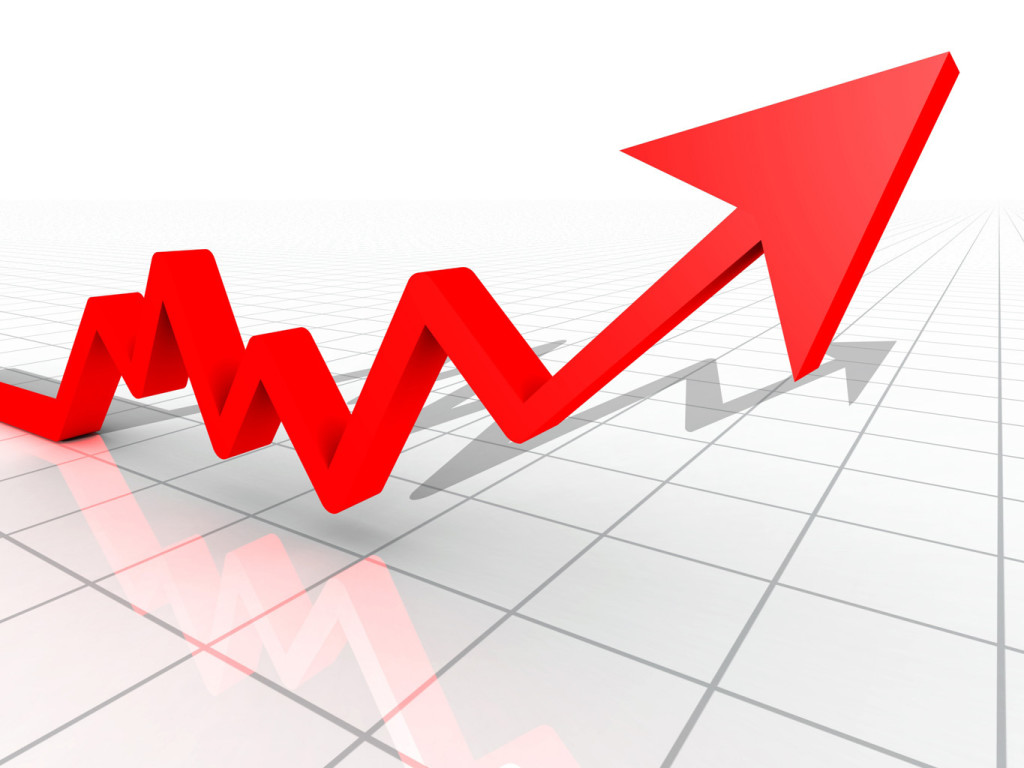ASTANA – The Kazakh inflation rate has reached 1.8 percent since the beginning of the year, reported Minister of National Economy Timur Suleimenov during an April 3 government meeting. At the same time, the rate remained within a 5-7-percent range.
The rates demonstrated a downward trend in prices for food products (2.2 percent) and non-food items (1.3 percent) compared to the first quarter of 2017, when prices grew 3.2 percent and 1.7 percent, respectively.
Ministry data showed prices were lower for buckwheat (12.6 percent), eggs (1.1 percent), rice (1 percent) and rapeseed oil (0.2 percent).
“Inflation in prices and tariffs for paid services remained at 1.7 percent,” said Suleimenov, emphasising the biggest price surge for paid services was observed in the legal (6 percent) and post (4.3 percent) areas.
The ministry seeks to keep the inflation rate within a 5-7 percent span this year and prevent the previous year’s 7.1-percent price growth.
The Almaty, East Kazakhstan, Kyzylorda, North Kazakhstan, Pavlodar and South Kazakhstan regions witnessed price hikes that exceeded the nation’s average, he noted.
“These regions need to undertake measures to curb price growth to preserve the inflation rate within a new corridor. At the same time, other regions need to continue maintaining a low inflation rate,” he said.
Kazakh National Bank Chair Daniyar Akishev cited weakening imported inflation and declining consumer purchasing activity as key factors contributing to the slower food price growth this year compared to 2017.
“The inflation rate of trade partners such as Russia, China and the European Union remained low. The situation in the global food market is characterised by a price downfall across the majority of products. Second is moderate consumer buying behaviour, which is explained by a negative change in real wages and incomes of the population during 2016-2017,” he said.
The nation’s financial regulator projects a decrease in the annual inflation rate and 4-6 percent range for 2019.
“Inflation expectations within the population are declining and perception of real and future inflation is improving. The result of the survey across the population in February 2018 revealed inflation expectations have fallen from 7.7 percent in November 2017 to the current 6 percent,” he noted.
Akishev added certain risks may hamper achieving the inflation-related objectives, including supply shocks in certain goods and services markets, the population’s subsequent rising inflation expectations and stimulating consumption with the help of budgetary, borrowed resources and lending. In the case of the latter, import revenues will soar without developing domestic production, he said.



